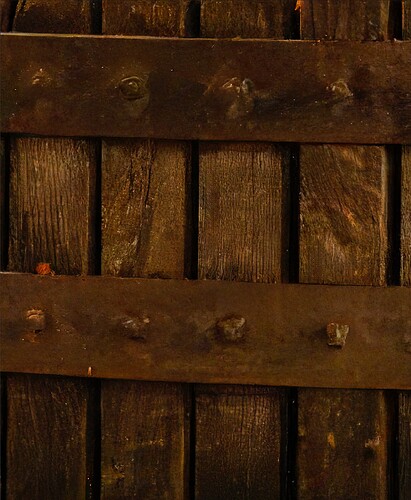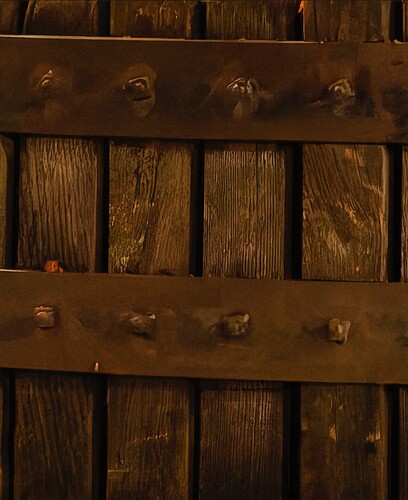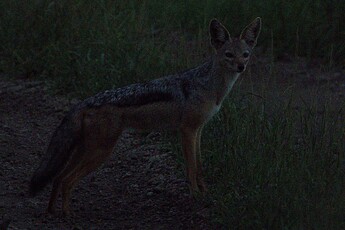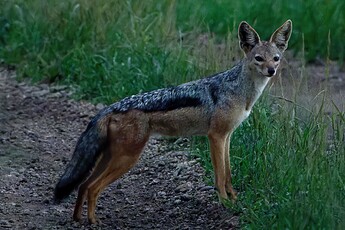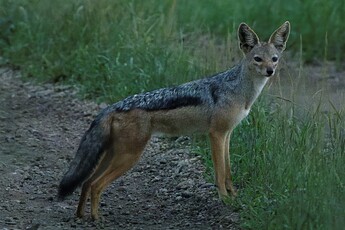This discussion prompted me to review a challenging photo from last fall where neither of these denoise options handled the image that well. I added PR4 into the mix.
My workflow is to use PL7 but try Topaz denoise for an alternate demosaic/denoise option before processing in PL7, if PL7 results seem poor. Generally, PL7 is adequate, but sometimes I get “better” results from Topaz and I like the Topaz controls. I pass the Topaz results as a TIFF back to PL. I don’t have a clue why some photos process better in one or the other (or if it’s my poor technique or personal preference). I’ve not had success using Topaz at the end of processing after demosaicing in PL.
So, from a workflow perspective, if you have both programs and prefer Topaz, suggest you use it at the start and batch process the photos, if they are all similar, before opening in Photolab.
As for my example…
“O” is original without NR. “A” is PL7, “B” is PR4, and “C” is Topaz Denoise.
All were generated as TIFFs, including the PL7 option, then cropped and exported from PL7. A,B,&C all used their respective denoise default (auto) settings and then brightened using the PL Smart Lighting tool (uniform/slight/auto) before export.
I’m sharing for other’s consideration or suggestions. Of particular concern was the way the grasses to the right of the jackel’s face were “blended” into the face. I ended up using the PL version , using the repair tool to smudge the area. That seemed to be fine for my screen (not printing) needs.
Sony ARW
The image was shot at late dusk, from a paused vehicle at 12.5K iso, F8, 1/2000sec as these were my general default settings that day. Camera is A1 with Sony’s 200-600 lens. Yes, I could have used better settings, but it was last of a long series of days and I didn’t adjust speed for conditions. We were suppose to be back at camp by dark. This my preferred/best pose from a short burst as the jackal appear briefly and we came to a stop, So my only “keeper” of this unique species.
